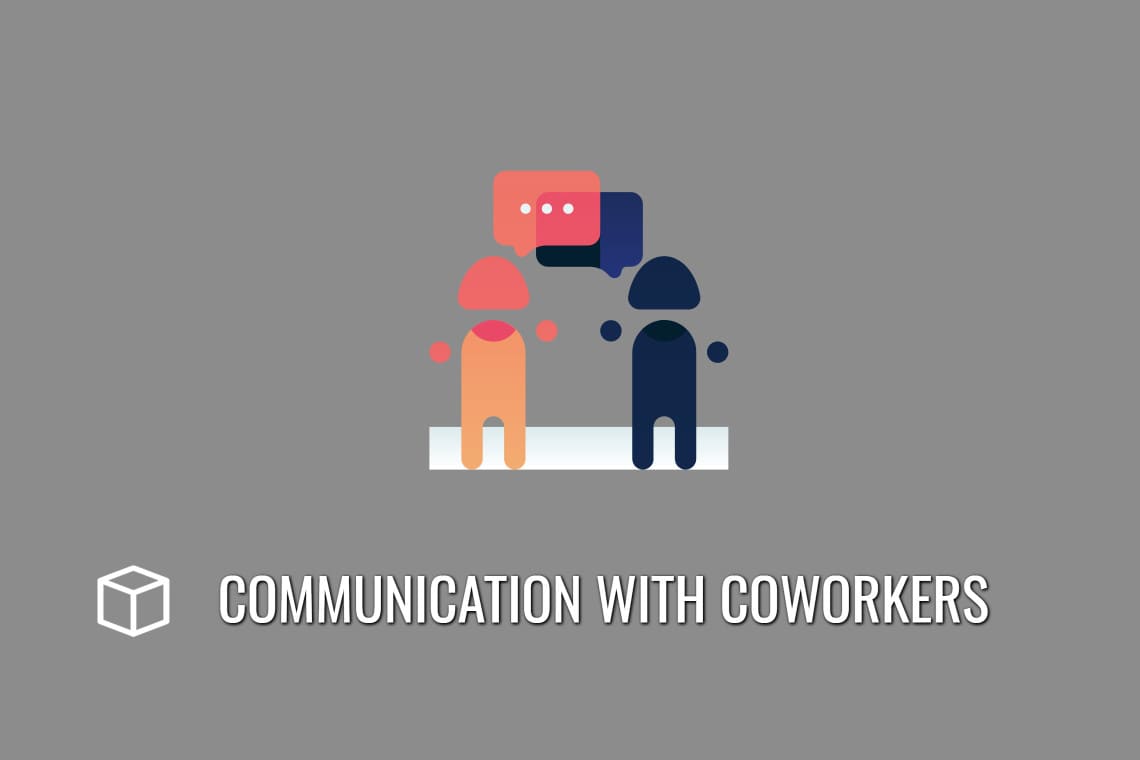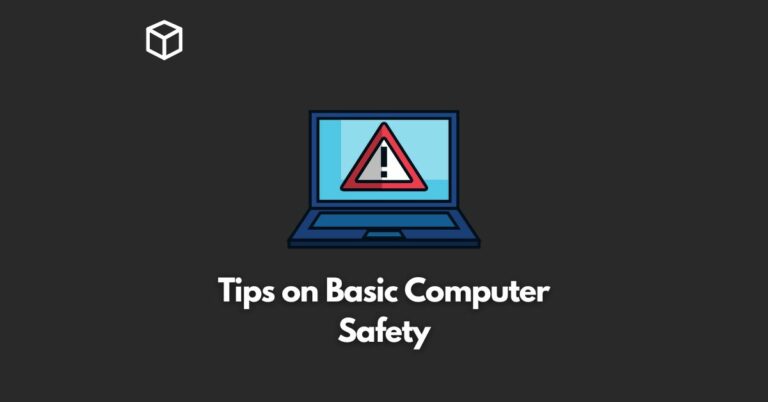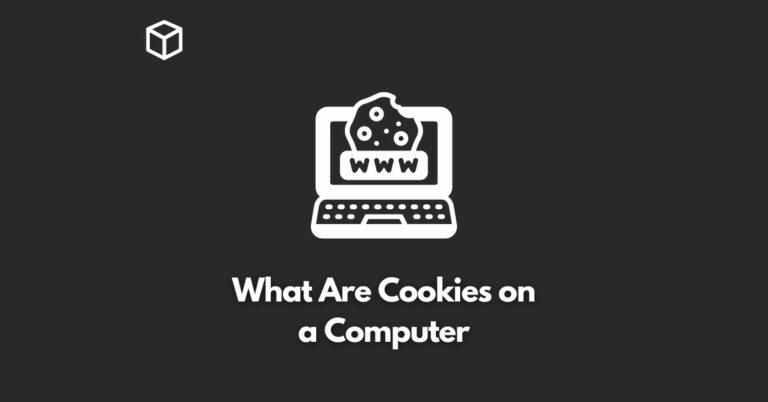Communication is important for workplace as it not only promotes the flow of information, but it also helps establish valuable relationships with colleagues and employers.
Communication is important for interpersonal relationships, job performance, promotion of ideas, and decision-making.
When there are misunderstandings in communication, they can cause mistrust, frustration, and dissatisfaction between people.
When these issues arise, they can cause problems at home and work.
This is why communicating well with others is so important.
Communication has many benefits to everyone involved. One of its most important qualities is that it allows individuals to learn about how other people think and feel.
Let’s see how you can communicate well with your coworkers.
How To Communicate Better With Coworkers
Types of communication
There are many different types of communication. They include verbal, written, body language etc.
Verbal communication is the most commonly used type of communication in the world.
It often starts with a greeting which is followed by a complaint or praise for someone’s work etc.
Verbal communication
Verbal communication is the most commonly used type of communication in the world.
It often starts with a greeting which is followed by a complaint or praise for someone’s work etc.
Nonverbal communication
Nonverbal communication is any form of communication that does not use words, spoken or written.
It uses symbols, gestures, facial expressions, postures and other things to communicate with others.
It’s also often used in conjunction with verbal communication by people who are deaf or hard of hearing.
Nonverbal communication includes body language, which is the way your body looks when you are communicating.
You can use your hands for things like gesturing while you are speaking. Facial expressions are also a type of non-verbal communication because they happen on your face instead of being said aloud.
Other types of non-verbal communication include eye contact, posture, clothing style and tone of voice.
Written communication
Written communication is any form of communication in which symbols are used.
Written communication includes many different types of modes, such as letters, postcards, notes, text messages and even electronic chatting.
Written communication can be used at any time or place to communicate thoughts and feelings.
It’s also often used with verbal communication when people who are deaf or hard of hearing do not want to rely solely on sign language to communicate.
Interpersonal communication
Interpersonal communication is the way that people talk and listen to each other. It’s the way we show our feelings and show our understanding of others feelings.
There are two types of interpersonal communication: verbal and nonverbal. Verbal communication includes exchange of words, both spoken and written.
Nonverbal communication includes body language, eye contact, facial expression, clothing style, tone of voice etc.
Communication can be either one-directional or two-directional. There are seven types of communications channels which are used to facilitate this type of communication.
These channels include physical presence, vocal presence, animated presence, proximal social cues, textual presence, remote social cues and time perception.
How to communicate better with coworkers
1) Ask for clarification on what the other person is saying. If you don’t understand, say so and ask them to rephrase their sentence. It may be that the other person needs it more than you do.
2) Give feedback on what they say. They’ll know if your understanding of them is accurate if you tell them how it sounds to you.
3) Don’t feel pressured to respond immediately when someone talks to you. Take a moment and think about it before responding – this will make your response more thoughtful and meaningful
.4) Don’t interrupt. If you want to respond, but the other person is still speaking, wait until they are done before beginning your response. Remember that people usually have something important to say!
5) Give feedback on their ideas by summarizing what they said – “so it sounds like this…” or “what I heard you say is…”
6) Allow for pauses in the conversation. Pauses are natural and comfortable. Don’t be afraid of them!
7) Paraphrase what you hear (e.g., “I think I heard you say that you’re stressed by school?”). If you didn’t, then no harm done! You just find out that you were mistaken, but the other person knows how they come across.
8) Listen in a supportive way by looking for nonverbal cues and staying focused on the speaker. Be compassionate.
9) Don’t be afraid of silence when there’s nothing to say! Silence is okay – it doesn’t have to be awkward or uncomfortable.
10) When you need the other person to be quiet, say it. If they’re monopolizing a conversation or someone else wants to speak, let them know when they should stop speaking.
11) Don’t use ‘loaded’ language – phrases that have more meaning than what’s actually being said. For example: “How was your day?” could mean “I’m asking nicely and want to be interested in what you have to say, but I don’t really care how your day was and would prefer for you not to talk about it” when you say it with a condescending tone.
12) If someone is talking too much, tell them! Be mindful of when they go on about something that you have little interest in, but don’t make it the other person’s fault.
13) Don’t interrupt people when they are talking – even if you think your interruption might be helpful or relevant. It has to do with respect and communicating in a way that is honest and open.
What is face-to-face communication?
Face-to-face communication is simply when two people are in the same room at the same time, talk to each other, and listen to each other in the process.
Face-to-face communication is important because it allows people to communicate more fully by using body language.
The facial expressions, posture, and gesture of the individual can help enhance what they are trying to say. Furthermore, it enhances the self-esteem of individuals as they are able to feel valued in a situation.
Why Making eye contact is important
It is important to maintain eye contact with the person you are speaking with for a variety of reasons.
It shows that you are being attentive and supportive of what they are saying, which can have an impact on how they feel.
It also makes it easier for them to connect with you, which can make communication smoother.
Other Articles
- What is Technical Writing and why it is used
- How to Take Notes
- How to Give a Good Presentation
- What Is Emotional Intelligence
- What is Nonverbal Communication
- How to Develop Your Skill Set to Advance Your Career
- Setting Goals To Improve Your Career
- What is a SWOT Analysis
- How To Build Business Development Skills
- Graphs vs. Charts




